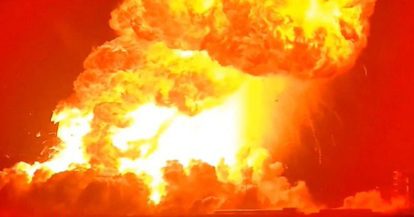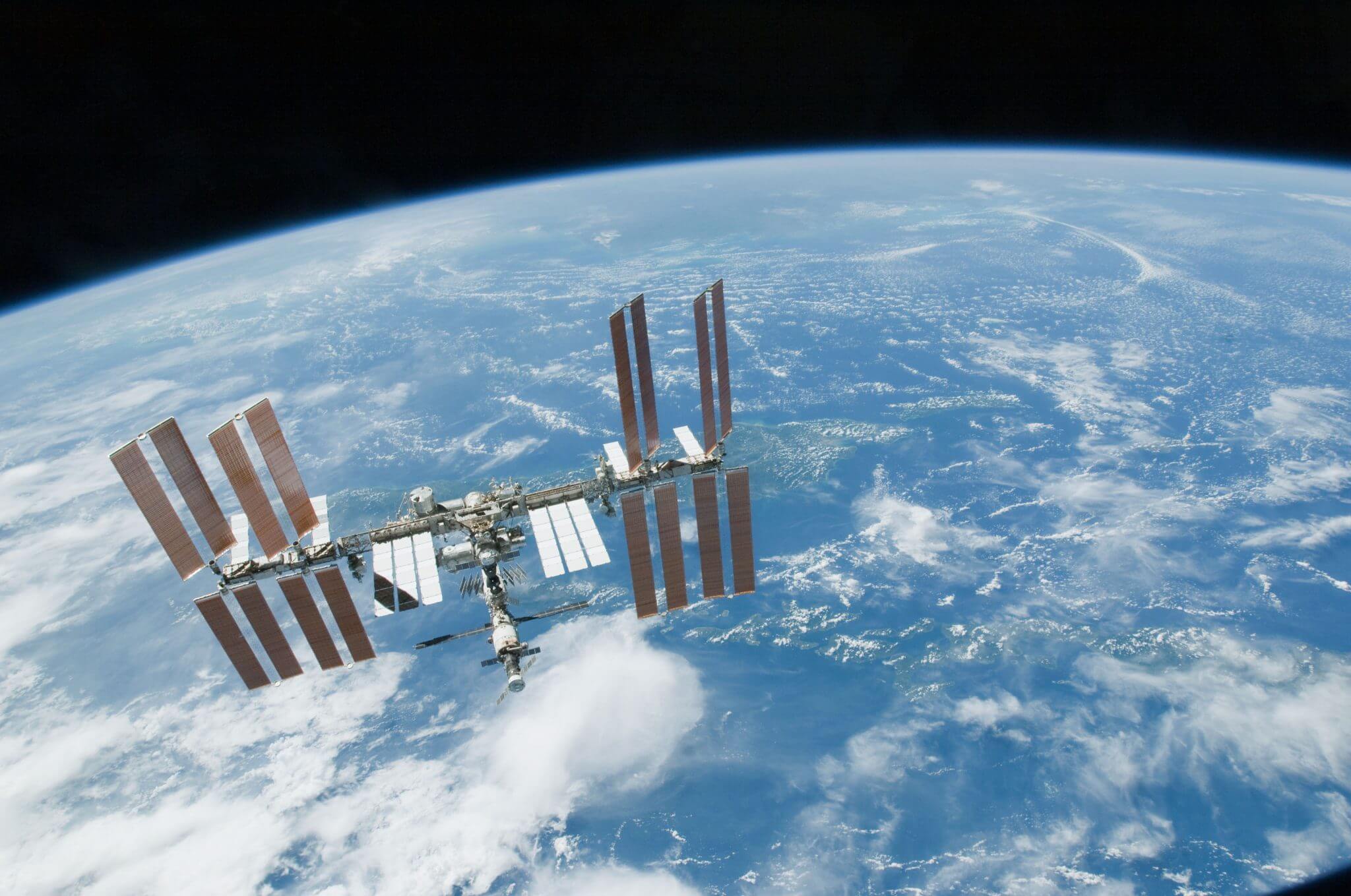The days of the Russian space programme extracting pay cheques out of NASA may soon be coming to an end if NASA’s commercial crew launch schedule occurs as planned. At a press conference at the Johnson Space Center in Houston, Texas, NASA and representatives from the two winning teams in the commercial crew competition, Boeing and SpaceX, detailed their schedules. Boeing’s CST-100 capsule is set to make an unscrewed orbital flight to the International Space Station (ISS) in April 2017 assuming an abort test goes successfully in February 2017. This will be followed by a crewed test flight in July 2017 with the crew consisting of a Boeing test pilot and a NASA astronaut. Full operational flights with four NASA astronauts will begin in December 2017. The parachute/airbag recovery landings will be made on land.
SpaceX plans to make its abort test flight later this year after an on pad abort test is passed. An unmanned orbital flight test will take place in late 2016 with a full manned flight in early 2017. All the early flights will use a parachute splashdown in the ocean as a landing technique. Later flights will use propulsive vertical landings on land.
The astronaut “seat” ticket price for these flights equates to circa $58 million. This represents a saving for NASA which is currently paying Russia to fly its astronauts to the ISS for US$76 million a time on Soyuz launch vehicles.
The two finalists in the competition, Boeing and SpaceX, both use capsule designs while the loser, Sierra Nevada Corp, had its Dreamchaser mini-shuttle dropped from further funding after NASA had doubts about its schedule. A protest by Sierra Nevada against the decision was unsuccessful after the US Government Accounting Office (GAO) upheld the decision.
The full story of the news conference is on Space News: http://spacenews.com/nasa-boeing-spacex-share-more-details-on-commercial-crew-plans/







